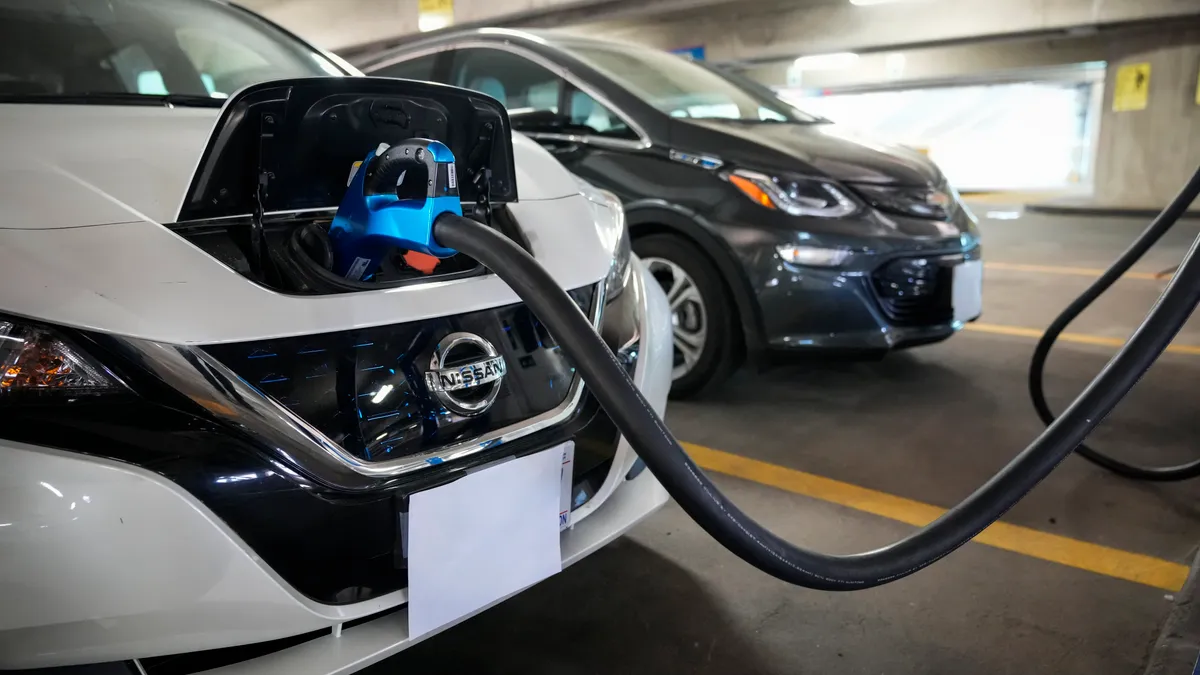Electric vehicle adoption is growing rapidly and utilities are spending billions of dollars to support necessary charging infrastructure. But in a report published Tuesday, the American Council for an Energy-Efficient Economy warns that only a few states have adopted a comprehensive planning approach for transportation electrification, or TE, investments, and that more must be done to ensure they are made equitably.
“We found that only seven states in the country require their utilities to submit comprehensive TE plans that put their TE strategy, programs, and impact in one document for public and regulatory scrutiny,” ACEEE Senior Research Analyst for Transportation Peter Huether wrote in an accompanying blog post.
While EVs are still a small portion of vehicles on U.S. roads today, their adoption is growing rapidly. Utilities are preparing to support millions of vehicles, and last month Car and Driver reported EV registrations rose 60% nationally in the first quarter of this year compared with the same period in 2021.
President Joe Biden has set a goal for half of all new vehicle sales in the U.S. to be zero-emission by 2030, and has called for the development of a national EV charging network, with the federal government initially supporting 500,000 chargers by the end of the decade. The administration is preparing to disburse $5 billion to states to support the program.
Over the last decade, Huether noted, state public utility regulators have approved more than $3 billion in utility TE plans and programs, including investments in charging infrastructure, make-ready work, alternative rate plans and EV charger subsidies.
“Utility planning efforts need to be more transparent and consistent to ensure accountability,” he said. “The planning process should be ongoing, ideally requiring a new plan every few years that gives updates on progress and allows for input from regulators and the public.”
The ACEEE report examines 11 TE plans from large utilities across the country and found while many “have laudable goals and plans to achieve them, others are lacking in certain areas.”
In particular, ACEEE said equity considerations “must be integrated throughout to ensure that everyone benefits from the TE transition. Underserved communities must be meaningfully engaged early and often to identify these community’s needs.”












